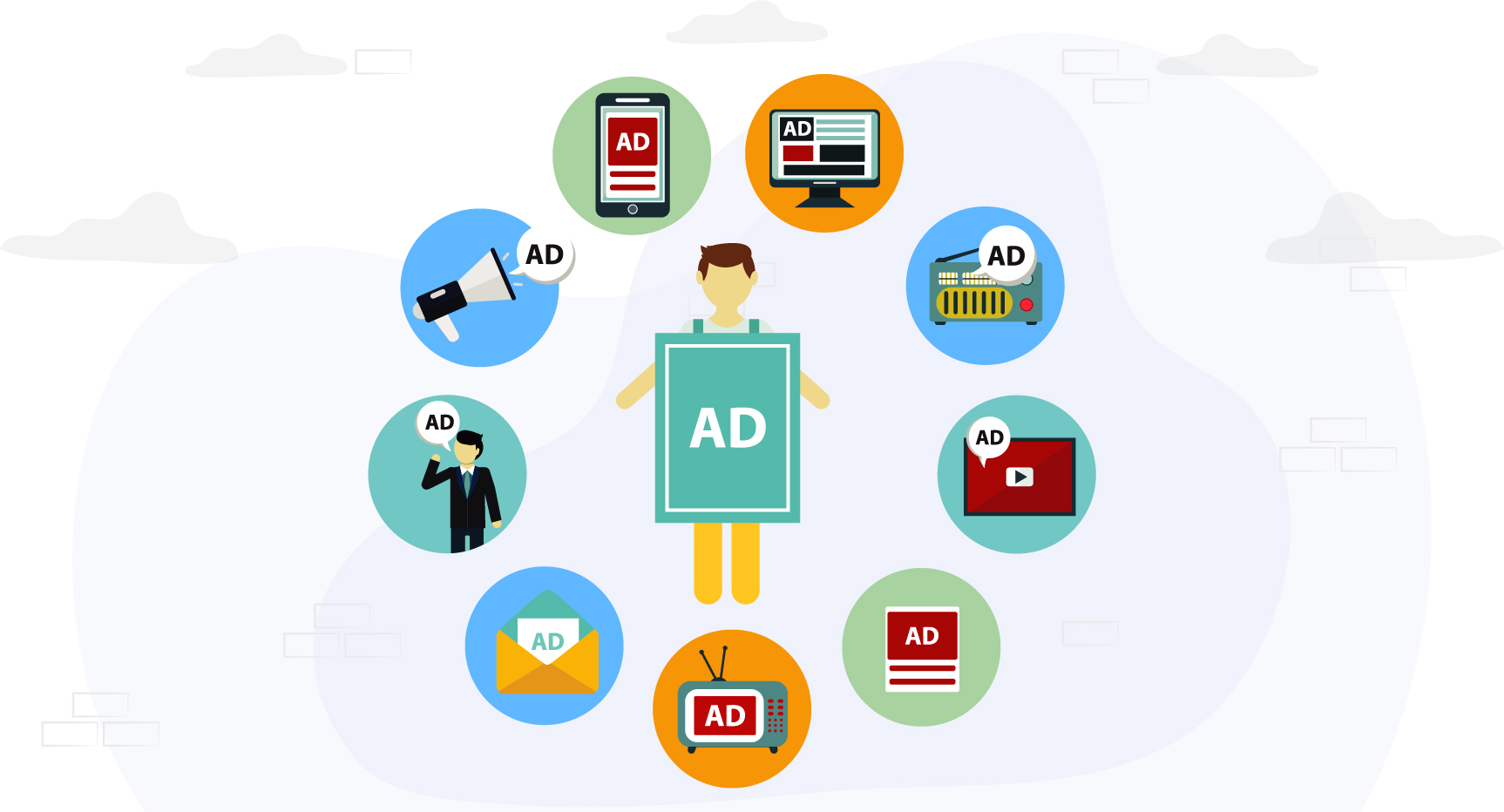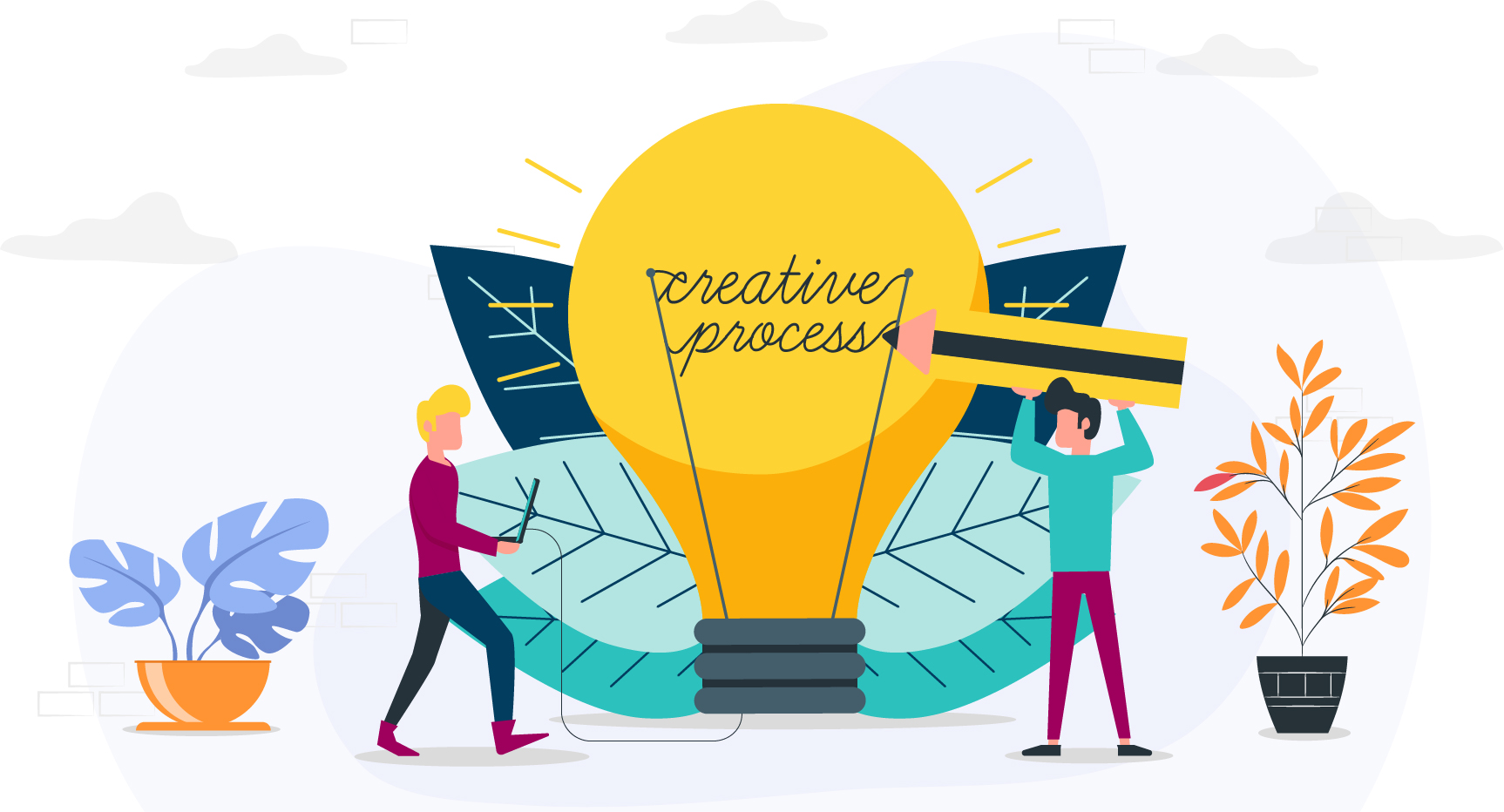
Remember the days of flipping through endless phone books, making cold calls to strangers and hoping for a golden lead? Well, those days are nicely phased out. Modern lead generation is a far cry from its outdated cousin. It’s more like Dorothy stepping onto the yellow brick road – a vibrant journey filled with targeted outreach, high-quality prospects, and the potential to increase your revenue.
Today, lead generation ads allow you to attract the ideal consumers for your product or service, nurturing them through the sales funnel and ultimately turning casual clicks into loyal customers. Whether you’re in B2B or beyond, through email marketing and lead generation advertising paves the way for building valuable connections that foster growth and success.
So, if the idea of cold calls makes you shiver, take a deep breath and step forward – see for yourself how this lead gen ads not only maximize your ROI but many more…!
Lead generation ads are like digital detectives, stealthily collecting valuable information from potential customers. Imagine placing your ad strategically on a bustling online street corner. When curious eyes click, they reveal their secrets: names, phone numbers, email addresses, locations, genders, and even ages. It’s akin to catching fireflies in a digital jar—each click illuminates a potential lead.
But why this data dance? To connect, of course! The ad’s mission is to gather basic intel, creating a bridge for future interactions. With this valuable data in hand, you’re well-prepared for meaningful interactions—newsletters, personalized offers, and quotes. As you collect, stitch together a quilt of potential clients—a customer database that grows with every interaction.
While lead generation advertising is a powerful tool within digital marketing, it's not the entire picture. Digital marketing encompasses a broader spectrum of strategies designed to achieve various goals, including brand awareness, website traffic, and ultimately, conversions. Lead generation advertising, however, focuses specifically on attracting and capturing potential customer information for future nurturing and conversion.
These ad types share the goal of driving user action, but with distinct nuances:
Lead Generation Ads: Lead generation ads focus on capturing leads by encouraging users to take a specific action (e.g., filling out a form). They generate more leads due to their simplicity. However, conversion rates vary based on user behavior and platform. These ads are commonly used on platforms like Facebook, with the goal of attracting prospects and collecting their information for follow-up.
Conversion Ads: Conversion ads aim to drive a particular action (e.g., clicking a link, making a purchase) by directing users to an external website or landing page. They offer more control over the user experience but may have a higher cost per lead. Conversion ads are used across various platforms and encourage specific actions beyond lead capture.
Demand Ads: Demand generation focuses on providing valuable content to potential customers for free. It aims to create awareness and educate prospects. Demand ads are often seen on platforms like Facebook or LinkedIn. Their goal is to nurture potential customers before pushing for conversion.

Let’s say you place an ad on a platform frequented by your ideal customer. This ad offers valuable content, like an industry report or a free consultation, in exchange for the user's contact information. When someone clicks the ad and provides their details, you've just captured a qualified lead.
Here's the magic behind lead generation advertising:
Targeted Placement: You strategically position your ad on platforms relevant to your target audience, maximizing its reach among potential customers already interested in what you offer.
Value Proposition: Your ad goes beyond simply promoting your product or service. It offers valuable content or resources that entice users to exchange their information.
Data Collection: Through user-friendly forms within the ad, you collect essential contact details like names, emails, and sometimes even phone numbers.
Relationship Building: With this valuable data, you can establish communication and nurture leads through targeted emails or follow-up calls, building relationships and eventually converting them into paying customers.
Lead generation advertising works by attracting the right people with the right offer, opening the door for future engagement and ultimately turning leads into loyal customers.
In today's digital world, simply shouting your message isn't enough. You need a strategy to attract the right kind of attention. Here's why lead generation advertising should be your go-to growth engine:
Reach your audience wherever they are, even without a website. Landing pages are readily available, eliminating the need for domain names or web developers. Just ask your questions and your ad is ready to run.
Leave behind confusing terms like CPC and CTR. Lead generation ads provide customer information in a simple, manageable format, allowing you to better understand your potential customers quickly. Even if they're not ready to purchase yet, their contact details become valuable assets for future engagement.
The most popular beneficial reason why you should need lead generation ads is to capture high quality leads. Only interested people leave their information, increasing conversion potential. This allows you to maximize the number of leads with a smaller budget.
Forget guesswork. Lead generation advertising provides clear data on user engagement and conversion rates. You can track exactly what's working and refine your strategy for maximum impact.

Lead generation advertising offers a variety of formats to reach your target audience across the digital landscape. Here are some of the most popular options:
Search Engine Marketing (SEM): Place targeted ads on search engines like Google, appearing at the top of results when users search for relevant keywords. This is like putting up a "help wanted" sign right where potential customers are looking.
Social Media Ads: Leverage the power of platforms like Facebook, LinkedIn, and Instagram to showcase your lead magnets (e.g., free ebooks, webinars) and capture user information in exchange for them. Think of it as running targeted promotions in bustling digital marketplaces.
Display Ads: Utilize banner ads strategically placed on websites and apps frequented by your ideal audience. Capture attention with compelling visuals and encourage clicks to landing pages designed to collect leads. Imagine eye-catching billboards strategically placed in high-traffic digital locations.
Native Advertising: Seamlessly blend your ads with the content on websites and apps. These non-intrusive ads often take the form of sponsored content or articles, offering valuable information while subtly enticing users to share their contact details. It's like placing informative flyers within relevant online communities.
Ready to attract and capture valuable leads? You can do that by using some effective strategies for lead generation ads. But you need to know how to create them.
Creating effective lead generation ads involves several key steps. Let’s break it down:
Think of content like a compelling fishing lure. Create engaging blog posts, videos, or ebooks that address your audience's pain points and showcase your expertise. Share this content across your digital channels, keeping your audience hooked and eager for what's next.
Optimize your website with dedicated landing pages designed to capture leads. These pages should tell your brand story, creating an emotional connection with visitors and prompting them to take the next step, whether it's signing up for your newsletter or downloading your free guide.
Imagine positive customer reviews and testimonials as glowing fishing lures in action. Featuring these testimonials on your website builds trust and validates your brand's credibility, encouraging potential customers to take the plunge and engage with your offerings.
Staying top-of-mind is crucial for any business. Strategic email marketing acts like a gentle tug on the line, reminding potential customers about your brand. Share relevant and engaging content in your emails, keeping your audience hooked and nurturing them towards conversion.
Social media ads strategically placed buoys guiding your target audience towards your brand. These targeted ads can reach a wider audience, connect with relevant individuals, and direct them through your sales funnel, ultimately leading to increased brand awareness and conversions.

Tips & Tricks for Lead Gen Ads:
Tailor your lead forms with custom questions to glean valuable insights for your sales team while prompting users to pause and reflect on their responses.
Don't let your efforts end with lead generation. Keep the momentum going by nurturing leads through various touchpoints, whether through gentle follow-ups or immediate sales team outreach.
Experiment with different variations of lead forms to identify which ones resonate best with your audience and yield the highest conversion rates.
Once users have completed a lead form, consider how you'll continue to engage with them. Craft a seamless post-fill-out experience that keeps users invested in your brand.
Ensure that your lead forms are seamlessly integrated with your CRM platform to streamline lead management and maximize efficiency.
1. Inbound Lead Generation Tools: Drive traffic to your website with inbound lead generation tools that attract and engage consumers organically.
2. Outbound Lead Generation Tools: Expand your reach with outbound tools that facilitate cold calls and emails, enabling your brand to connect with potential leads proactively.
3. Lead Capture Forms: Capture relevant customer information and drive conversions with lead capture forms strategically placed across digital channels.
4. Marketing Management Tools: Leverage comprehensive marketing management tools like Amazon Marketing Cloud to measure the effectiveness of your campaigns and optimize your lead generation strategy for success.
Lead generation advertising isn't just about capturing clicks – it's about building meaningful connections with potential customers. By strategically attracting the right audience and offering valuable incentives, you can nurture relationships and convert leads into loyal customers, measure success, and fuel sustained growth.